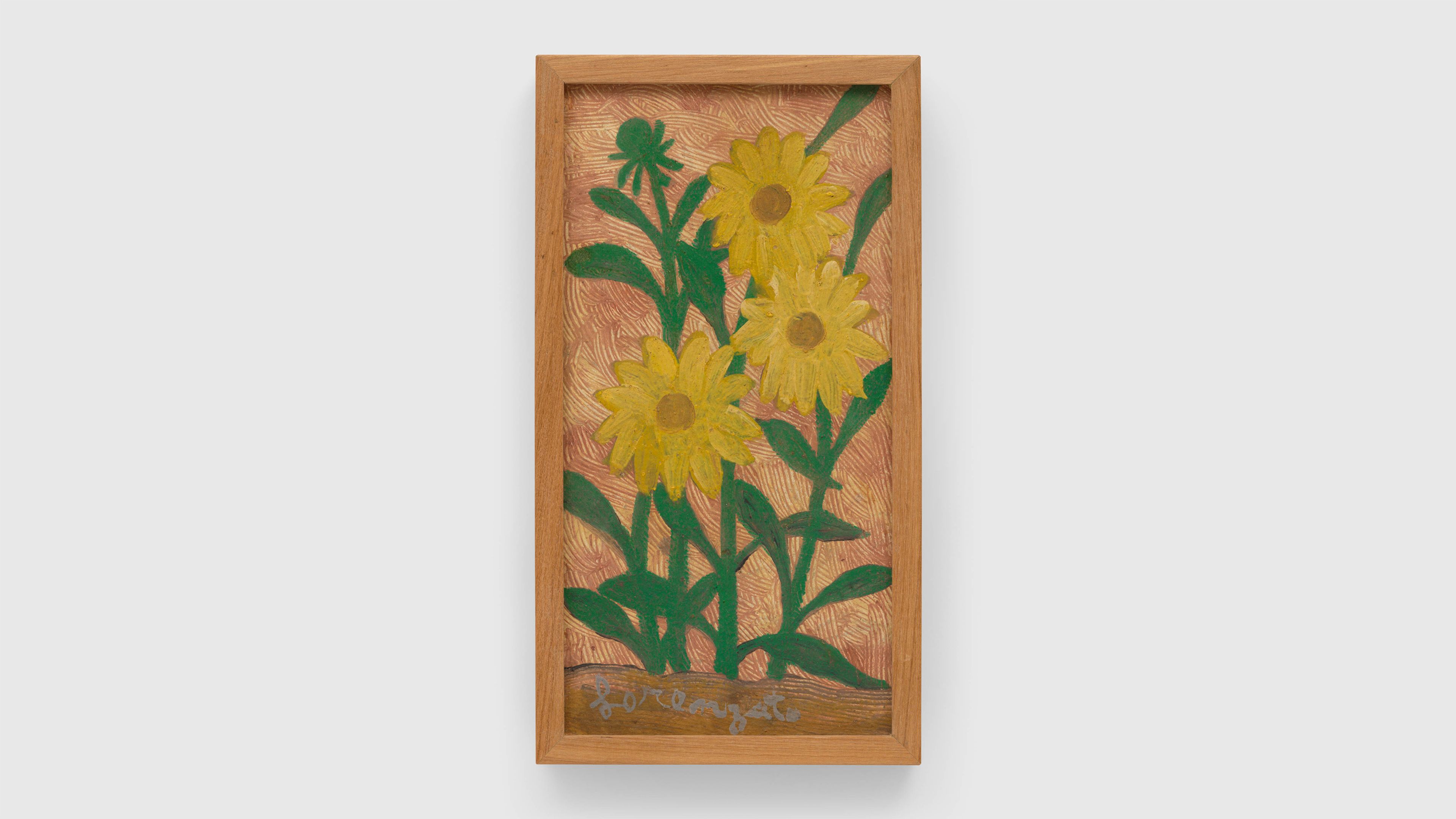Amadeo Luciano Lorenzato

Amadeo Luciano Lorenzato, Sem título (Untitled), 1977. Courtesy David Zwirner
Past
September 12—November 9, 2024
Opening Reception
Thursday, September 12, 5–7 PM
Opening Reception
Thursday, September 12, 5–7 PM
Location
Hong Kong
5–6/F, H Queen’s, 80 Queen’s Road Central
Hong Kong
Tue, Wed, Thu, Fri, Sat: 11 AM-7 PM
Artist
Amadeo Luciano Lorenzato
Explore

On view in Hong Kong

Amadeo Luciano Lorenzato, n.d.

Minas Tênis Clube, Belo Horizonte. Photo courtesy Minas Tênis Clube
Amadeo Luciano Lorenzato was born in 1900 to Italian parents who immigrated to Brazil in the last decade of the nineteenth century. In 1920, the artist moved with his parents to Italy, where he worked various construction and painting jobs on and off throughout Europe. Though he studied for a brief period at the Reale Accademia delle Arti in Vicenza in 1925, Lorenzato was mostly self-taught, and he developed his technical proficiency in painting through a job restoring frescoes in Rome, having previously worked as a mural painter in Brazil.
Lorenzato permanently returned to Belo Horizonte in 1948, and after sustaining an injury to his leg in 1956, he committed himself to painting full time. In 1964, he had his first solo exhibition at the Minas Tênis Clube in Belo Horizonte, followed by his inclusion in two group shows there the following year and a second solo exhibition in 1967. In the decades following, his work was exhibited in solo and group exhibitions in Brazil, including a retrospective exhibition at the Museu de Arte da Pampulha, Belo Horizonte, in 1995—the year of the artist’s death. In 1972, Lorenzato represented Brazil in the 3rd Triennial of Self-Taught Art in Bratislava, Czechoslovakia.

Amadeo Luciano Lorenzato, Sem título (Untitled), 1979

Alfredo Volpi, Bandeiras (Flags), 1960. Adolpho Leirner Collection of Brazilian Constructive Art, Museum of Fine Arts, Houston. © Instituto Volpi

Exceptional Works: Amadeo Luciano Lorenzato

Installation view, Amadeo Luciano Lorenzato, David Zwirner, Hong Kong, 2024
“The [favelas] convey an unsystematic body of thought in which the Eurocentric canon, represented by Italian Renaissance painting—Lorenzato’s spiritual matrix—is transfigured by a specific, Global South social experience.... This marginal modernity, built on social injustice and unplanned urbanization, is depicted through bold shapes and bright colors.”
—Rodrigo Moura, chief curator, El Museo del Barrio, New York

Installation view, Stranieri Ovunque – Foreigners Everywhere, 60th International Art Exhibition, La Biennale di Venezia, Venice, 2024. Photo by Marco Zorzanello
Inquire about works by Amadeo Luciano Lorenzato











